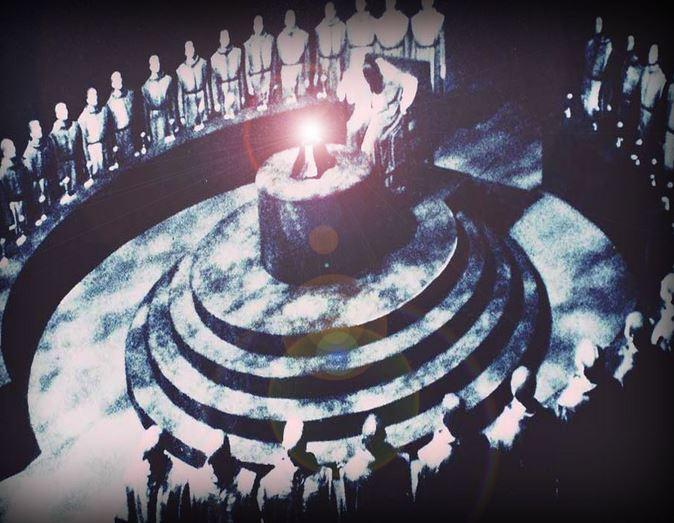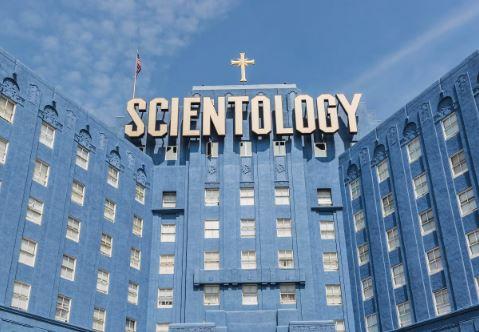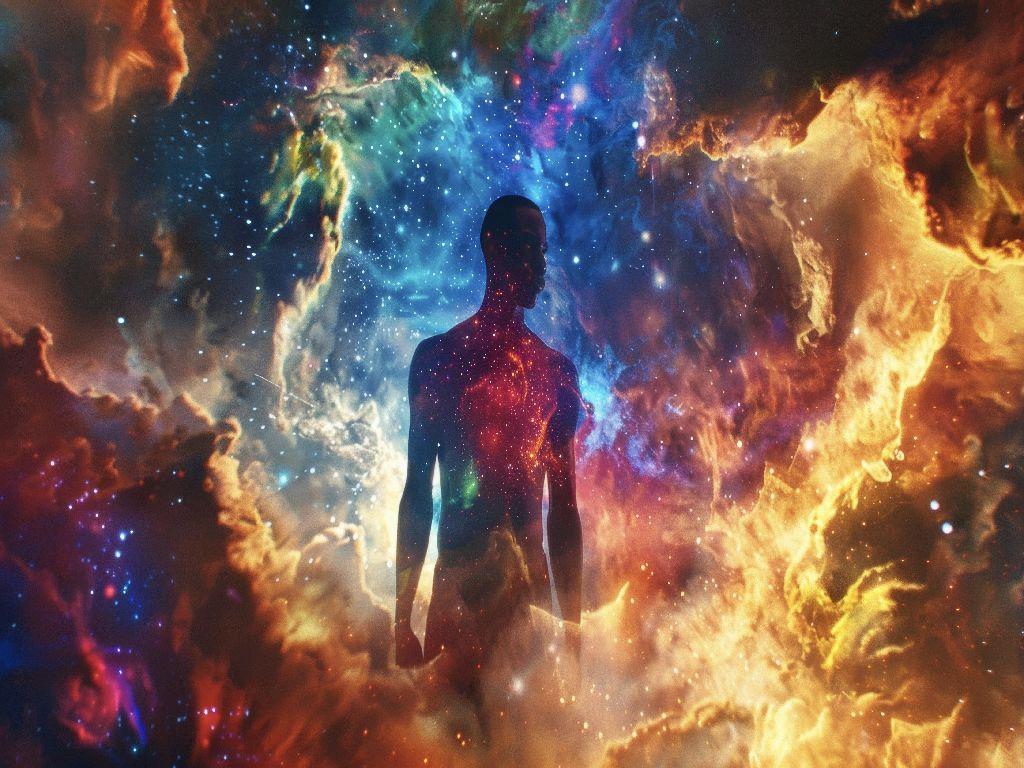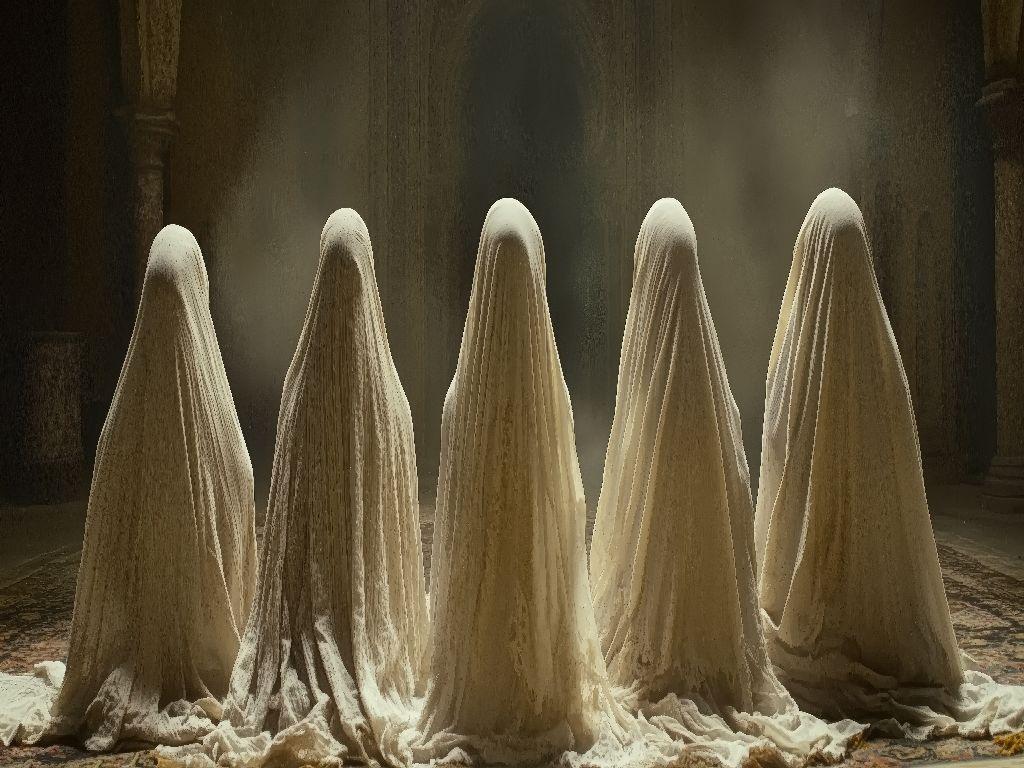Ron Hubbard
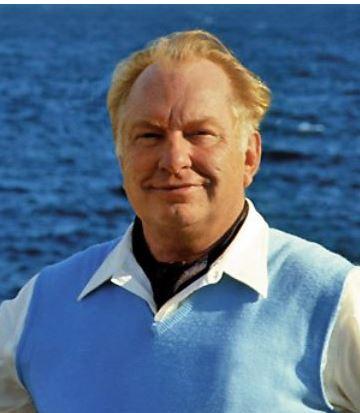
👤 WHO WAS L. RON HUBBARD?
Basic Bio:
-
Full name: Lafayette Ronald Hubbard
-
Born: March 13, 1911, in Tilden, Nebraska, USA
-
Died: January 24, 1986, in Creston, California
He wore many hats: writer, naval officer, explorer, philosopher, and ultimately the founder of Scientology.
✍️ EARLY CAREER: SCI-FI WRITER & ADVENTURER
-
In the 1930s–40s, Hubbard was a prolific pulp fiction writer, cranking out hundreds of sci-fi, fantasy, and western stories.
-
He claimed to have traveled the world and studied ancient cultures, although many of his adventures have been heavily disputed or exaggerated.
-
During WWII, he briefly served in the U.S. Navy, but records suggest his service was undistinguished—despite later claims of heroic exploits.
📖 THE BIRTH OF DIANETICS
-
In 1950, he published Dianetics: The Modern Science of Mental Health—a self-help book claiming the mind could cure itself of trauma.
-
It became a bestseller and was promoted as an alternative to psychiatry.
-
Dianetics introduced the ideas of:
-
The reactive mind
-
Engrams (subconscious traumas)
-
Auditing as therapy
-
However, Dianetics foundations went bankrupt by 1952, and Hubbard pivoted.
🧘 THE CREATION OF SCIENTOLOGY
-
Hubbard rebranded his ideas into a religion: Scientology.
-
He added spiritual components: the immortal thetan, past lives, and cosmic history.
-
Founded the Church of Scientology in 1954.
-
He developed the "Bridge to Total Freedom", detailing spiritual levels leading to god-like awareness (Operating Thetan levels).
Hubbard claimed Scientology could:
-
Heal physical and mental ailments
-
Improve intelligence
-
Unlock supernatural powers
-
Ultimately allow a person to leave their body and operate independently
🏴☠️ SEA ORG & EXILE
-
In the late 1960s, facing increasing legal and media scrutiny, Hubbard founded the Sea Organization—a dedicated elite group who lived aboard ships.
-
He spent nearly a decade at sea, evading government investigation and directing the Church from international waters.
🕵️♂️ OPERATION SNOW WHITE
-
One of the biggest scandals: in the 1970s, Church operatives (under Hubbard’s wife Mary Sue) infiltrated U.S. government agencies to purge files seen as negative to Scientology.
-
Called Operation Snow White, it became the largest domestic espionage case in U.S. history.
-
11 top Scientologists were convicted, including Mary Sue Hubbard. L. Ron Hubbard was named an unindicted co-conspirator but went into seclusion.
🛌 FINAL YEARS
-
From around 1980 to his death in 1986, Hubbard lived in hiding, communicating with the Church through intermediaries.
-
He continued writing—particularly science fiction. His 1982 novel Battlefield Earth was a return to pulp adventure style and later adapted into a (very poorly received) movie starring John Travolta.
💼 LEGACY
-
Within Scientology: He is revered as "Source," and his writings and lectures are considered sacred scripture.
-
Outside Scientology: He’s seen as a brilliant but deeply controversial figure—part self-help pioneer, part authoritarian cult leader.
🔥 CRITICISMS & CONTROVERSY
-
Many of his biographical claims (explorer, nuclear physicist, war hero, healer) have been debunked or seriously challenged.
-
Critics say he used manipulation, control, and fear to build an empire.
-
Others view him as a charismatic hustler who created a belief system blending science fiction, psychology, and mysticism.


